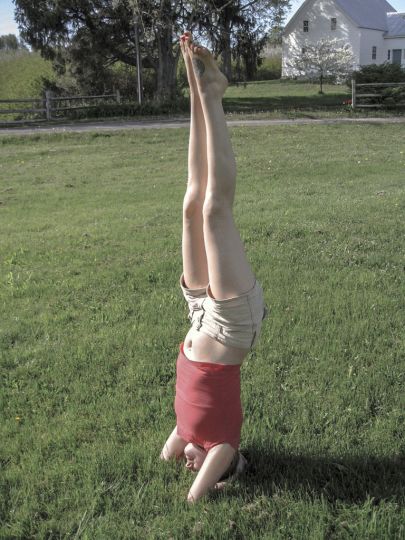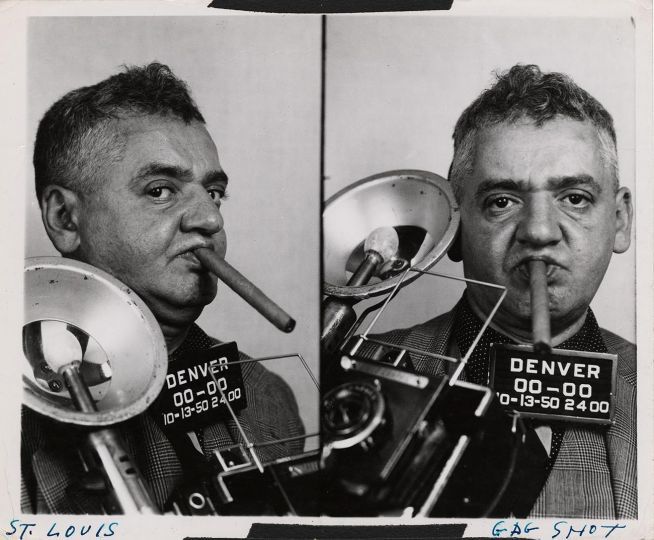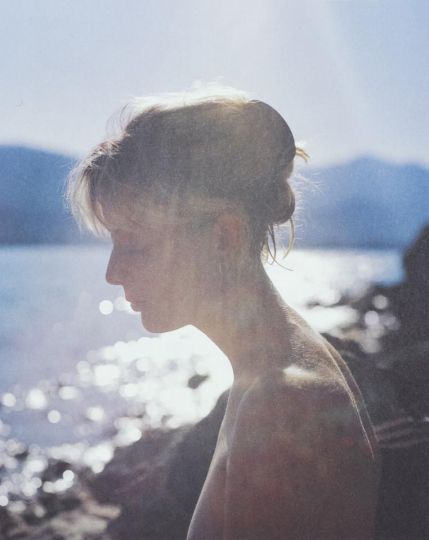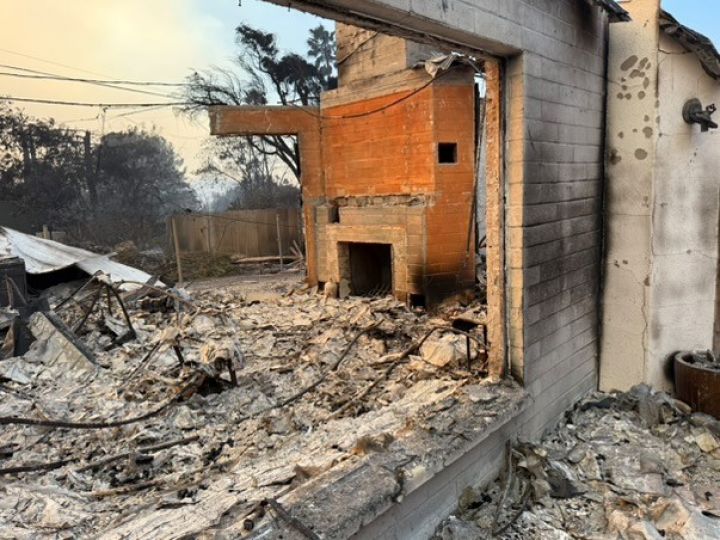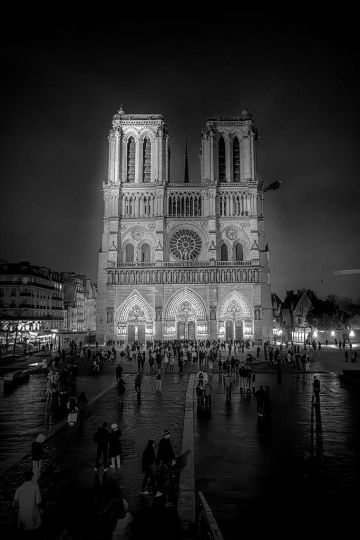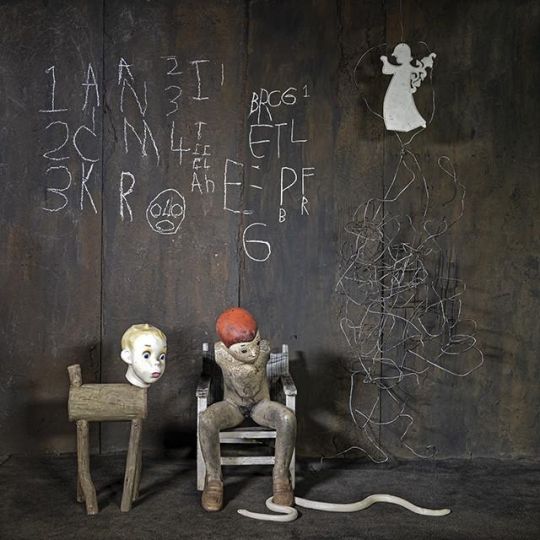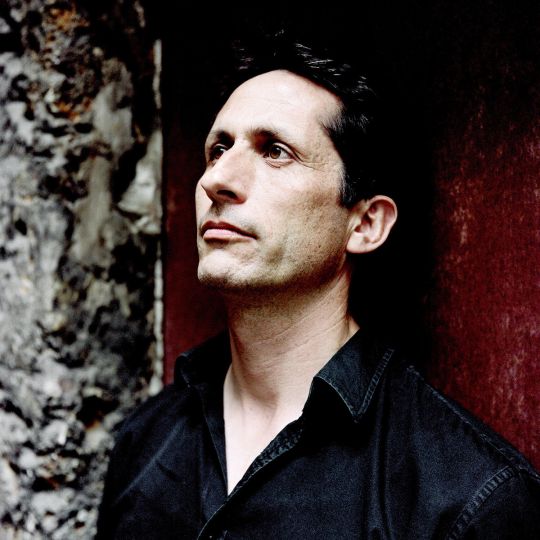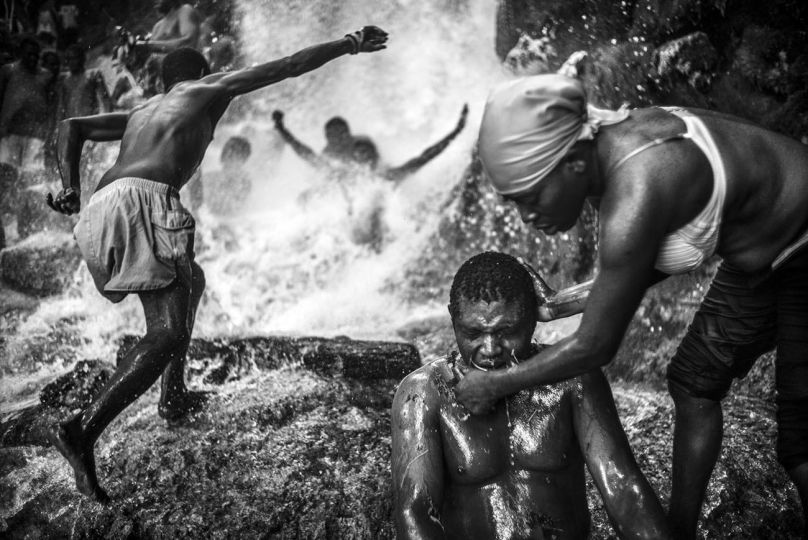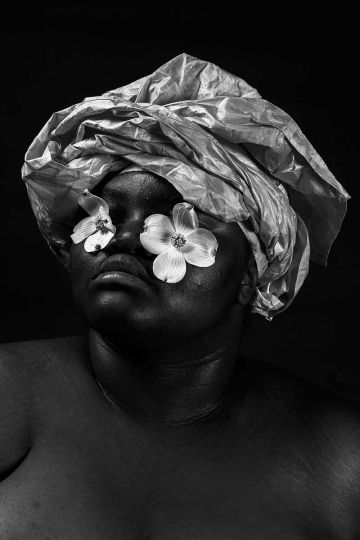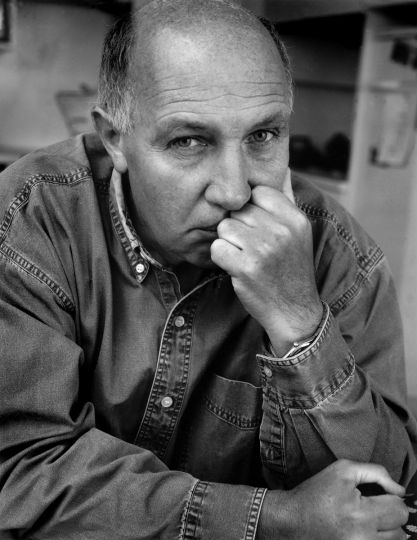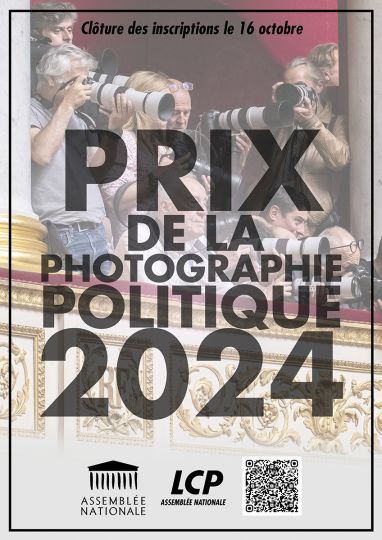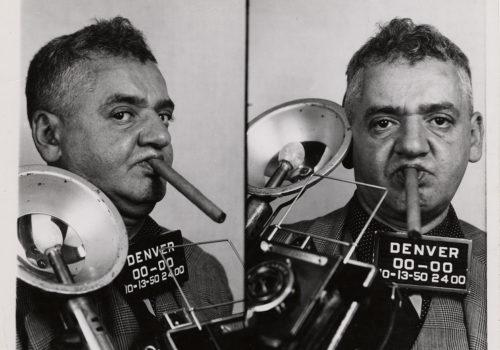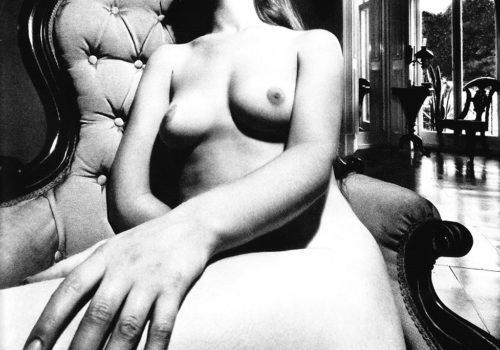The announcement came a few months ago: Willis ‘Buzz’ Hartshorn, the director of the International Center of Photography (ICP), will soon step down for health reasons. These will be his final ICP Awards. Surrounded by frames containing a few of his own pictures, Hartshorn spoke to us about his career, the evolution of ICP, and above all photography. A farewell to one of the last heirs to the Capa method.
How did you first get involved with photography?
WH: I started out studying music at the Eastman Conservatory in Rochester, but soon realized that I wasn’t cut out for sheet music. Having taken pictures, like many young students, I started out thinking that I would become a photographer. Thanks to several teachers and other people for whom I worked at the beginning, I was quickly convinced by the idea that photography should be structured. I always saw myself as the photographer who helps other photographers by producing, publishing and promoting their work. I just loved the idea, and once I had my diploma I started teaching at ICP.
What do you remember from your early days at ICP ?
WH: There was a job opening, and my wife, whom I had met during an internship at ICP a few years earlier, had just given birth to our child. I needed money, I took the job, and I never left.
Of the many positions you have held at ICP, which did you find the most interesting ?
WH: Director, of course. At first I was hesitant but then I said to myself: why not me? Looking back, I don’t regret these eighteen years as the head of ICP.
As director, do you work as closely with images as a curator does ?
WH: Not really, no. We don’t work as closely with the photographers. It’s a shame, but I’m lucky to have so many photographer friends, and I’m closer to the photographs than most. The responsibilities are different. They concern how the organization will evolve, its direction, its mission as a museum and as an educator, financial matters, our future priorities. It’s also very interesting.
If I may, why does everyone call you ‘Buzz’?
WH: Everybody asks me that! My mother always called me Buzz. When I became director of ICP, a few people told me it was time to start going by Willis. But can you ? Nicknames stick with you.
The past 30 years have seen countless beautiful exhibitions at ICP. If there one that stands out from the rest for you ?
WH: Man Ray, 1982. His fashion photography. This exhibition required lots of fascinating research. I’m extremely interested in Surrealist and Dada work interwoven with consumer culture. Man Ray’s fashion photographs are the pinnacle of that relationship.
Without categorizing photography, is there one style that you prefer ?
WH: Above all I love photographs that are intelligent, photographs that ask questions.
What are the most significant changes that you have witnessed take place ?
WH: When I first started, there was this recurring question: is photography an art? Some said no, some said that black-and-white photography was art but not color. So many museums have tried to cram photography into the historical model of art. What was interesting was to see photography not as an artform or a medium symbolized by documentary photography, but to see several histories of photography and how it interacts with commerce, science, history, politics. Today we seem to have come full circle. With digital, we are reminded of the origins of photography, how it was the first medium to accurately reproduce visual information. Photography is multiplicity, ease of production, affordability, the possibility to see the world, photography is democracy: all those key values from the early 20th century are resurfacing in the 21st. Today people communicate with but also learn from images. In twenty years, it was more a question of understanding the meaning of photography than appreciating it.
Do you think the spirit of Cornell Capa is still present at ICP ?
WH: The short answer is yes. Cornell created a familial environment here. He was close to the people who worked here. Cornell only wanted photographers to study at the ICP. That spirit is still here, and I’m probably one of the last relics of that legacy because I was there learning beside him.
Can we speak about your illness?
WH: Certainly. Eight years ago, I was walking down the street and noticed that my fingers were moving a little. Two years later my whole hand was trembling. Parkinson’s disease is strange: it’s not in your blood, there’s no test that can diagnose it. The progression is very slow. Every day is a new kind of normality. Physically I’m very different than I was eight years ago, but I don’t feel the difference. Its symptoms are a bit like growing old. I like it when people say to me: ‘But the same thing happens to me.’ And I tell them, ‘Yes, it’s just happening a little more quickly to me.’ Still, there’s much worse out there…
Can you talk about your successor?
WH: No, unfortunately. Sorry.
What changes do you foresee for ICP in terms of financing and location ?
WH: ICP will most likely move below 23rd street. Otherwise, you have to realize that times are rather tough for all non-profit organizations. We would love to have the same donor base as the Metropolitan Museum, for example, even though our budget is limited to 20 million dollars per year and our institution is not only a museum but a school as well. The primary task for my successor will be to push ICP forward. This will require establishing a board, raising capital and finding a consolidated facility.
What would you like to say to the photography community ?
WH: I would just say thank you. The community was so small at the beginning and it keeps getting bigger. We all know each other, and we all work together, for that camaraderie that brings together all lovers of photography.
Interview by Jonas Cuénin. Mr. Hartshorn’s words have been back-translated from the French.



